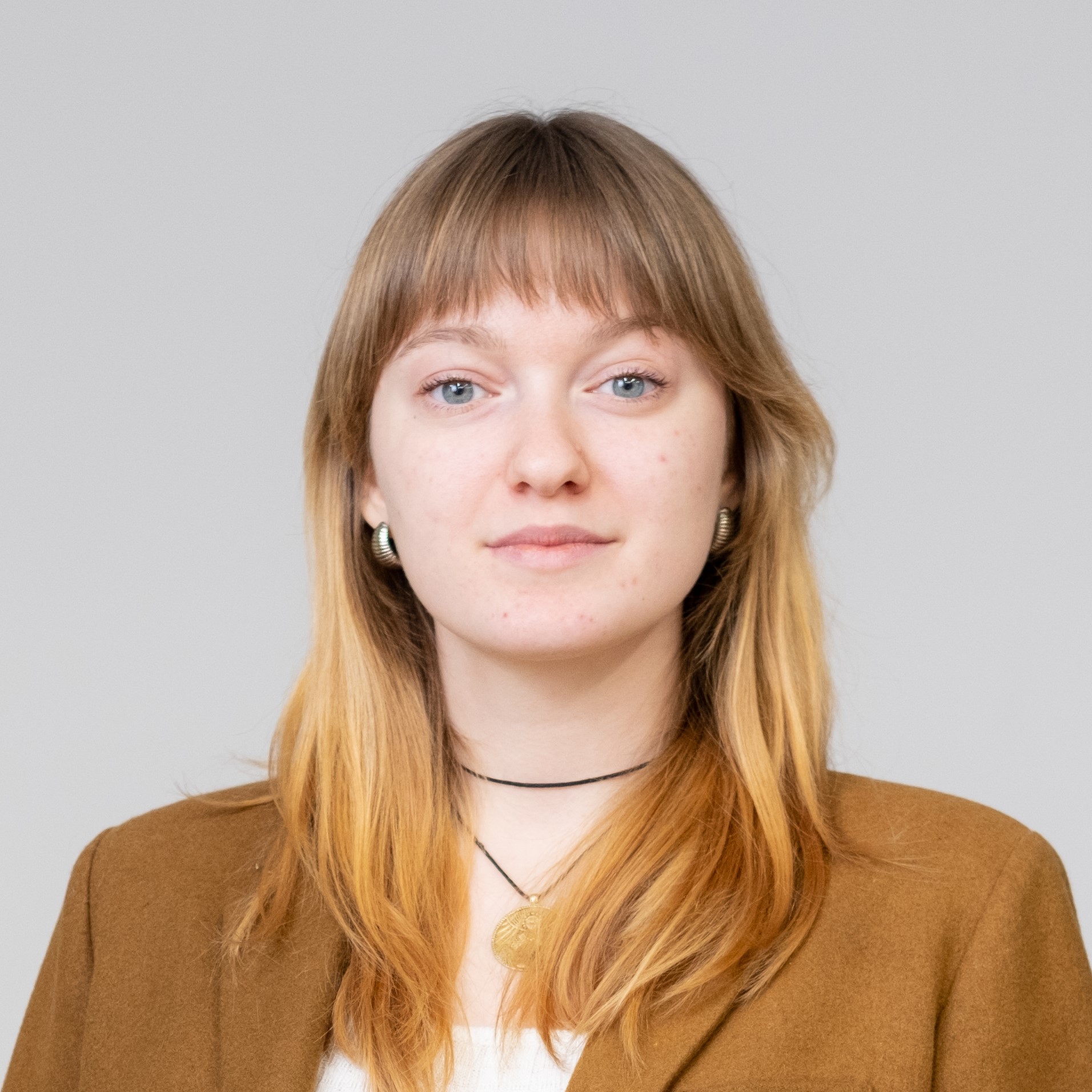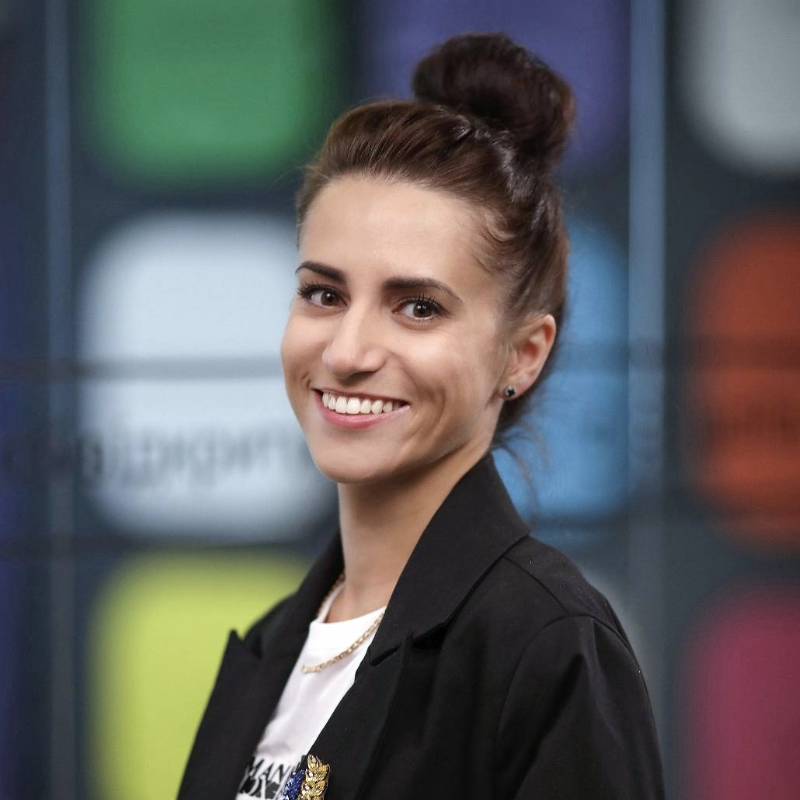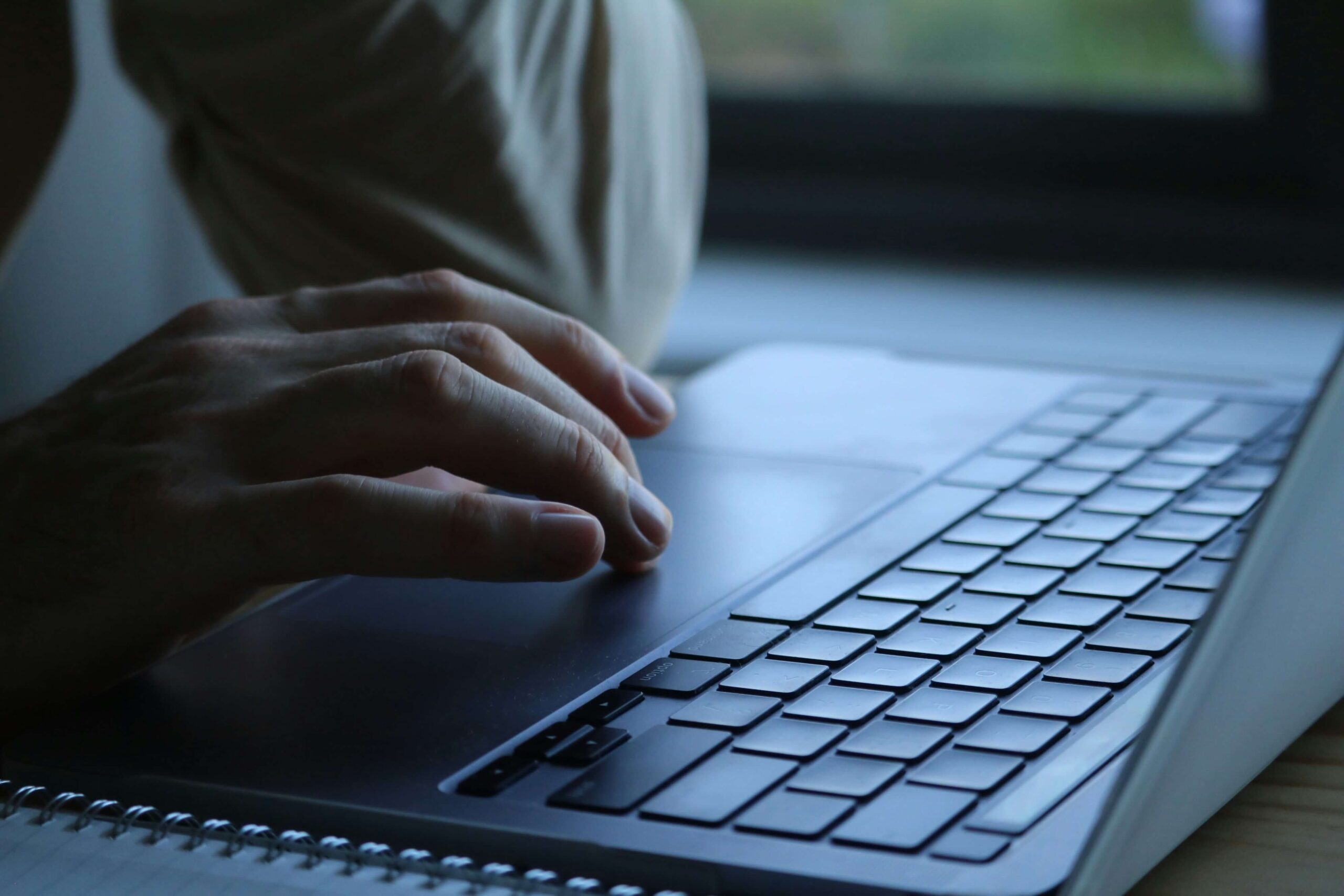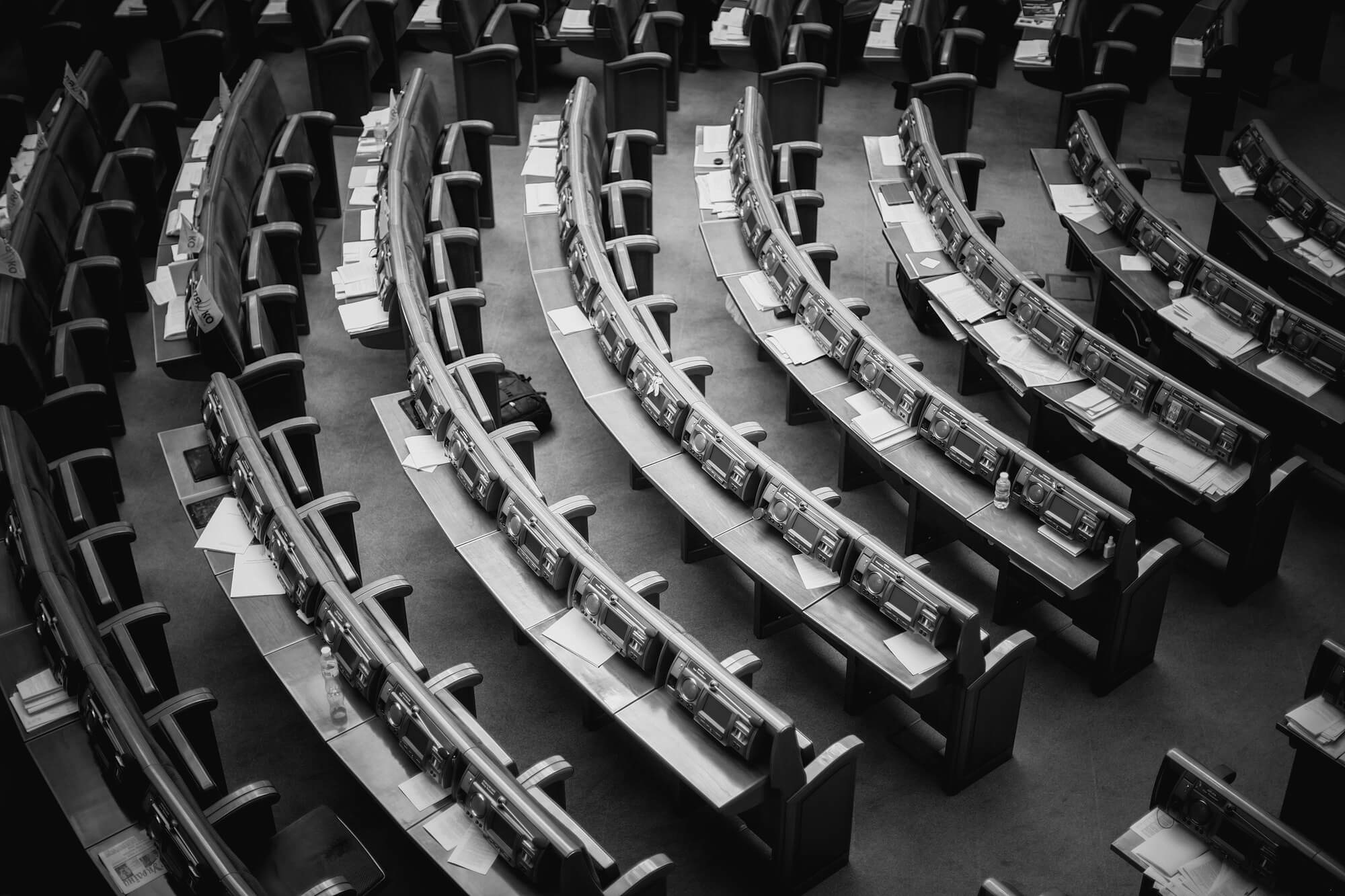Each New Year’s address by the President of Ukraine is not just a summary of the past year but also a reflection of societal moods, challenges, and hopes. From traditional speeches to dynamic performances bordering on cinematic art, these New Year’s greetings have become a hallmark of each head of state. We decided to delve into the numbers, facts, and emotions behind the presidents’ words to understand how these speeches have evolved alongside the country.
Which president’s New Year’s video was the longest, and who kept it the most concise? How have the traditions and locations of New Year’s addresses changed? Which New Year’s greeting by Volodymyr Zelenskyy was the most emotional? And which words do presidents repeat most often in their New Year’s speeches? The answers to these and other questions can be found in our analysis.
On December 31, 1991, Leonid Kravchuk made history by addressing Ukrainians with the first New Year’s speech in Ukrainian. In a simple setting, with a plain wall in the background, he urged citizens not to fall into euphoria but to work towards building a democratic, lawful, and civilized state. His words about the dawn of a new era were powerful and concise.
Figure 1. The 50 most frequently used words in Leonid Kravchuk’s New Year’s addresses
Methodology: To analyze the textual data and identify the 50 most frequently used words in all of the president’s New Year’s addresses, a TF-IDF analysis (term frequency-inverse document frequency) was used.
* Compiled based on Leonid Kravchuk’s New Year’s address for 1992.
Leonid Kuchma, so far the only president to serve two terms, delivered a record number of New Year’s addresses — 11 (Figure 2). His speeches were typically presented in a classic format: seated at a desk in his office, creating an atmosphere of stability.
Figure 2. Number of New Year’s addresses by Ukrainian presidents
In his New Year’s addresses, Leonid Kuchma often spoke of the challenges facing the country, such as natural disasters, the fight against corruption and the shadow economy, and legislative difficulties. “To live better tomorrow, we must work hard today”, Kuchma emphasized, urging society toward labor and unity. The president warned against discord, highlighting the importance of solidarity in difficult times. “No one will place a better life under our Christmas tree as a New Year’s or Christmas gift…”—this sentiment became a recurring theme in his speeches, where he stressed democracy and justice as key foundations of state-building.
However, during his address for 2003, Kuchma decided to change the format: he appeared in a sweater, accompanied by his grandson and a dog, adding a touch of humanity and informality to the otherwise formal speech. Furthermore, it was during his New Year’s address for 1999 that he first introduced a glass of champagne into the frame—a gesture that became a lasting tradition in the years to come.
Figure 3. The 50 most frequently used words in Leonid Kuchma’s New Year’s addresses
* Compiled based on Leonid Kuchma’s New Year’s addresses for 1995, 1997, 1999, 2003, and 2004.
Viktor Yushchenko was the first to move New Year’s addresses from his office to open-air venues (Figure 4), giving the holiday speeches a more open and democratic tone. The Mariinsky Palace and St. Sophia Square served as the backdrops for his addresses, which often focused on culture, sports, and Ukraine’s European aspirations.
Figure 4. The most popular locations for New Year’s addresses by Ukrainian presidents
In his New Year’s addresses, Viktor Yushchenko often emphasized the unity of the Ukrainian people, patriotism, and shared responsibility for the country’s future. The president repeatedly highlighted the importance of historical memory and honoring national heroes. Social policy and youth support were prominent themes in his speeches. For the first time in the New Year’s format, issues such as birth rates and incomes were addressed, adding a socio-economic context to the holiday greetings (Figure 5).
Figure 5. The 50 most frequently used words in Viktor Yushchenko’s New Year’s addresses
* Compiled based on Viktor Yushchenko’s New Year’s addresses for 2007, 2008, 2009, and 2010
Viktor Yanukovych is remembered for delivering the shortest New Year’s addresses—averaging only 3.5 minutes. Interestingly, the duration of the speeches generally correlated with the challenges of the year: the harder the year – the longer the addresses tended to be (Figure 6).
Figure 6. Duration of New Year’s addresses by Ukrainian presidents
In his New Year’s addresses, Viktor Yanukovych aimed to present an optimistic vision for the country’s future through promises of development, unity, and stability (Figure 7). His speeches emphasized the importance of social initiatives, economic modernization, and strengthening international relations, particularly promoting an “effective balance between the West and the East”. Yanukovych’s addresses often included calls for national cohesion and collective effort for the well-being of Ukrainians while acknowledging the challenges the country faced—“our country is a big family… and as we know, anything can happen in a family”. However, he devoted much less attention to difficulties compared to his rosy promises.
Figure 7. The 50 most frequently used words in Viktor Yanukovych’s New Year’s addresses
* Compiled based on Viktor Yanukovych’s New Year’s addresses for 2011, 2012, 2013, and 2014
Petro Poroshenko introduced a new format for New Year’s addresses, combining emotional, spiritual, and rational elements. Among his innovations were video montages illustrating key events of the year and the inclusion of “heroes of the time”—military members, athletes, artists, and international partners. This format enhanced the sense of national unity and identity. The president also introduced new elements such as a moment of silence to honor the memory of the fallen, the use of the slogan “Glory to the Heroes!” and addressing the nation in Crimean Tatar and Russian.
His speeches carried a clear patriotic message: gratitude to Ukraine’s defenders, a focus on European integration, and recognition of achievements such as reforms, the return of prisoners, and strengthening national defense (Figure 8). Poroshenko often quoted prominent Ukrainians, such as Liubomyr Huzar: “…We must pray as if everything depends on God but work as if everything depends on us”. The central theme of his addresses was faith in the nation’s strength, steadfastness in the fight for freedom, optimism, and the aspiration for a bright future for Ukraine despite Russian aggression and economic challenges.
Figure 8. The 50 most frequently used words in Petro Poroshenko’s New Year’s addresses
* Compiled based on P.O. Poroshneko’s New Year’s addresses for 2015, 2016, 2017, 2018, and 2019
Volodymyr Zelenskyy set a record for the longest New Year’s addresses, averaging 17.5 minutes. The content and tone of President Zelenskyy’s New Year’s addresses before and after the full-scale invasion differ significantly.
2020–2022: A call for unity
From the outset, Zelenskyy avoided formality, opting for a simple, accessible style akin to everyday communication. His New Year’s video addresses resemble films with dramatic narratives, where philosophical questions replace the usual year-end summaries: “Who am I?”, “What does it mean to be Ukrainian?”, “What difference does it make?”. The number of question marks in his first New Year’s address set a record (Figure 9). In his 2020 New Year’s greeting, he emphasized the diversity of Ukrainians, calling for unity despite differences. In 2021, Zelenskyy highlighted achievements, urging belief in self-reliance. The address for 2022 was significantly deeper: war was already “in the air,” yet the president reassured the nation about security, protected borders, and the country’s resilience.
Figure 9. Thematic focuses of Volodymyr Zelenskyy’s addresses
2023–2025: Resilience and victory
New Year’s addresses following the start of the full-scale invasion were filled with strength, pride, and gratitude. Zelenskyy became the voice of the nation’s resilience, speaking about the heroism of all Ukrainians, particularly the military and volunteers. The tone grew more dramatic, enriched with vivid imagery: HIMARS, “Russian warship,” and “Bavovna.” The 2024 New Year’s address was a rallying cry for victory, no longer just a dream but a clearly defined goal: “Victory is neither given nor gifted—it is earned,“ and for that, “either you work, or you fight.” The 2025 address emphasized resilience, achievements, and shared responsibility for victory: “We know peace will not be handed to us. But we will do everything to stop Russia and end the war.” References to Ukrainian technologies (“Neptune,” “Sapsan,” drones) bolstered confidence in national capability. The central theme of the speech was the strength of Ukrainians, demonstrated through their ability to overcome challenges and develop their potential. Zelenskyy also underscored the critical importance of partner support in achieving significant defense, economic, and humanitarian outcomes.
Zelenskyy’s addresses are also notable from the perspective of semantic analysis, which highlights consistent thematic focuses in his New Year’s speeches. Words like “Ukraine”, “Ukrainians”, and “we” appear most frequently across all addresses (Figure 9), emphasizing identity and unity. At the same time, recent years’ speeches have introduced key terms like “war”, “enemy”, “victory”, and “peace”. These words not only reflect the challenges the country faces but also set the tone for public sentiment—shifting from resilience to the prospect of future victory.
Figure 10. The 50 most frequently used words in Volodymyr Zelenskyy’s New Year’s addresses
* Compiled based on Volodymyr Zelenskyy’s New Year’s addresses for 2020, 2021, 2022, 2023, 2024, and 2025
An analysis of emotionality (sentiment) revealed that the most emotionally charged address was for the 2023 New Year (Figure 12). This emotional intensity was achieved through a contrast between deeply negative phrases, such as “This cannot be forgotten. And it cannot be forgiven,” and inspiring, uplifting ones, like “I want to say to all of you: Ukrainians, you are incredible!” The mix of negative and positive signals results in a neutral overall sentiment in the president’s speeches. Only once—during the 2022 New Year’s address—did positive sentiment dominate. However, this address was the least emotional and more restrained than others. This likely reflects the tense political context and media reports about a potential full-scale invasion, leading to cautious phrasing aimed at maintaining unity and confidence.
Figure 11. Dynamics of emotionality in Volodymyr Zelenskyy’s addresses
Methodology: Google Cloud NLP Sentiment Analysis was used to analyze the emotional tone of the texts. Specifically, the normalized (accounting for the number of words in the speech) emotional intensity score of the text was measured as a positive value. This score reflects the strength of the emotions expressed in the text, regardless of whether they are positive or negative. The higher the score, the more emotionally intense the sentences in the text.
Like every story, these speeches are part of a larger narrative. They are not just about what was said but also how and why it was said. The most emotional speeches come in times of crisis. Inflation, the Euromaidan, Russian aggression—each challenge finds its reflection in the presidents’ words. From traditional calls to work hard to a focus on individuality and unity, New Year’s addresses have evolved alongside the country, mirroring its pain, hopes, and aspirations. In the 2025 New Year’s greeting, this rhetorical evolution takes on a new dimension—the central theme of the speech is the idea of peace, mentioned nine times, while the word “victory” appears only three times. This shift in presidential rhetoric may indicate a change in societal sentiment—from an exclusive focus on the fight for victory to a desire to achieve stability and a just peace.
List of videos used for analysis:
- L.M. Kravchuk, New Year Address 1992
- L.D. Kuchma, New Year Address 1995
- L.D. Kuchma, New Year Address 1997
- L.D. Kuchma, New Year Address 1999.
- L.D. Kuchma, New Year Address 2003
- L.D. Kuchma, New Year Address 2004
- V.A. Yushchenko, New Year Address 2007
- V.A. Yushchenko, New Year Address 2008
- V.A. Yushchenko, New Year Address 2009
- V.A. Yushchenko, New Year Address 2010
- V.F. Yanukovych, New Year Address 2011
- V.F. Yanukovych, New Year Address 2012
- V.F. Yanukovych, New Year Address 2013
- V.F. Yanukovych, New Year Address 2014
- P.O. Poroshenko, New Year Address 2015
- P.O. Poroshenko, New Year Address 2016
- P.O. Poroshenko, New Year Address 2017
- P.O. Poroshenko, New Year Address 2018
- P.O. Poroshenko, New Year Address 2019
- V.O. Zelenskyy, New Year Address 2020
- V.O. Zelenskyy, New Year Address 2021
- V.O. Zelenskyy, New Year Address 2022
- V.O. Zelenskyy, New Year Address 2023
- V.O. Zelenskyy, New Year Address 2024
- V.O. Zelenskyy, New Year Address 2025
Attention
The authors do not work for, consult to, own shares in or receive funding from any company or organization that would benefit from this article, and have no relevant affiliations




